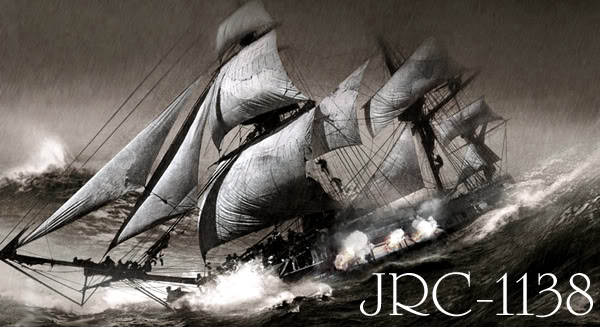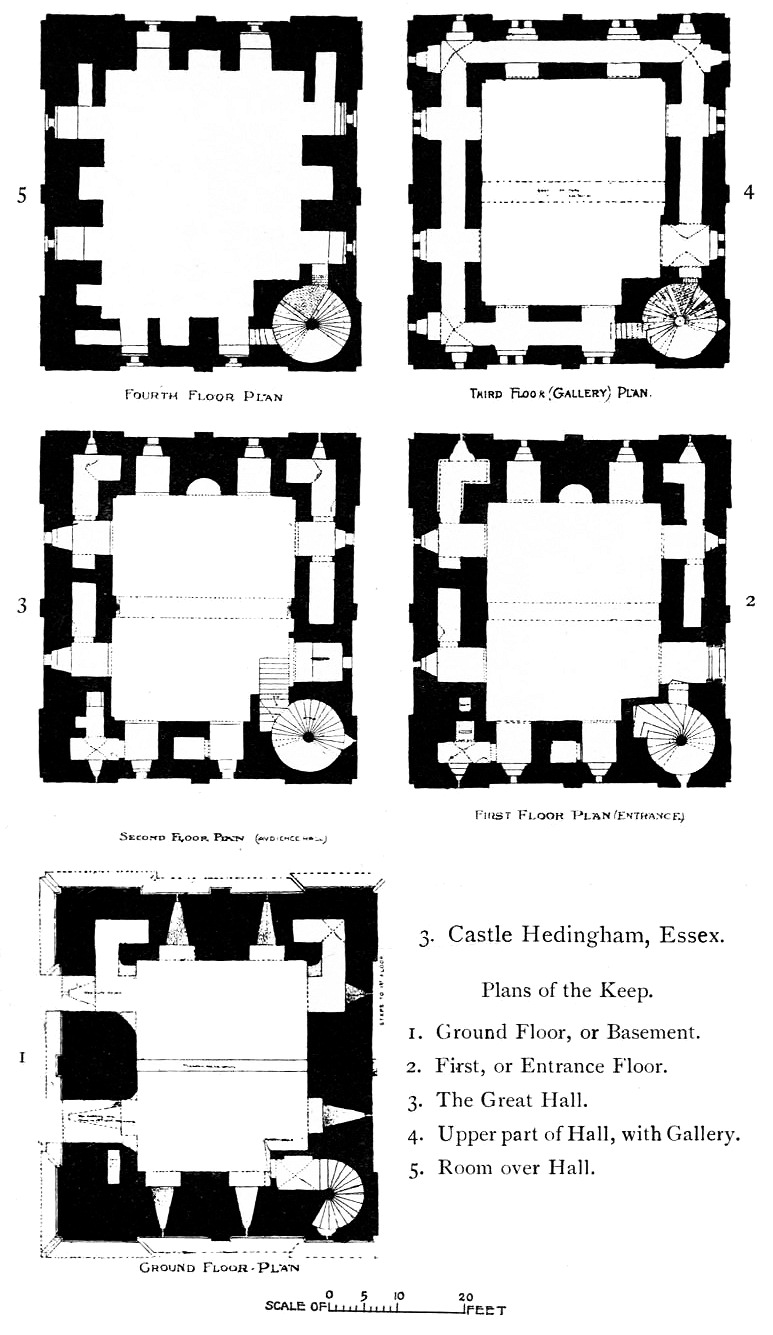
Oleg's probably going to tease me for my poor lighting, but never mind, its 2 am, I'm lazy and here are some more snaps of the model. The underlying structure is now finished and I've slowly begun adding cork to the exterior as I make the interlocking pieces that hold each level in place. Levels one and two have the structure of their internal walls completed, but I've not really started on levels three and four yet.

This is the first level (basement storage, or dungeon?). I added cork to the top of the walls but this wasn't really necessary. It just seemed to be more aesthetically pleasing. I'll probably add a stone staircase in the corner at some point.

Level one. Possibly a kitchen or a guard room. The stair to the next level will be in the space directly behind the figure. This means the model is no longer architecturally accurate, but the lay out does mean defending elements will always be able to double against incoming elements, which means the defenders will always have an advantage, which I suppose is historically accurate. The hole in the floor will be the trap door to the cellar stairs. All the interior walls will be clad with cork, so its going to be a lot tighter than it looks now.


Level four, and here I've done some cork cladding experiments. Due to mistakes, two of the arched windows are slightly out of line with the lower windows and the buttresses, but not enough to be annoying. The window pictured above (wall B) is the prettiest of the two I've clad.

The top of the tower, showing the roof (as yet unglued), battlements and the turret. Some of the crenelations have been experimentally clad, but only on their outer faces. There will be enough room, for one element to stand on each the outer walls, except for wall C where two elements can stand side by side. This is the wall which will also have hoardings above the entrance. There is no specific architectural or historical reason why this one side of the building should be wider than the other three, but it seemed a good idea to be able to place two elements beside each other if I ever want to have roof top combat.

The model as it stands now is 14 inches tall. Thats 355mm. With additional cork on the turret battlements, it may reach to about 357mm. The archway over the entrance is an experiment and I think it looks wrong, so it will be replaced.
I've begun to design the gate house now. It will have three inner levels and a roof top battlement. It won't be as big as the keep, but it will still be a pretty imposing building. I've based my design on the gate house at Kalø Vig rather than Rochester because my model is closer in size to Kalø and because Oleg has already made a gate house with round towers and I want to do something different from his model.







































